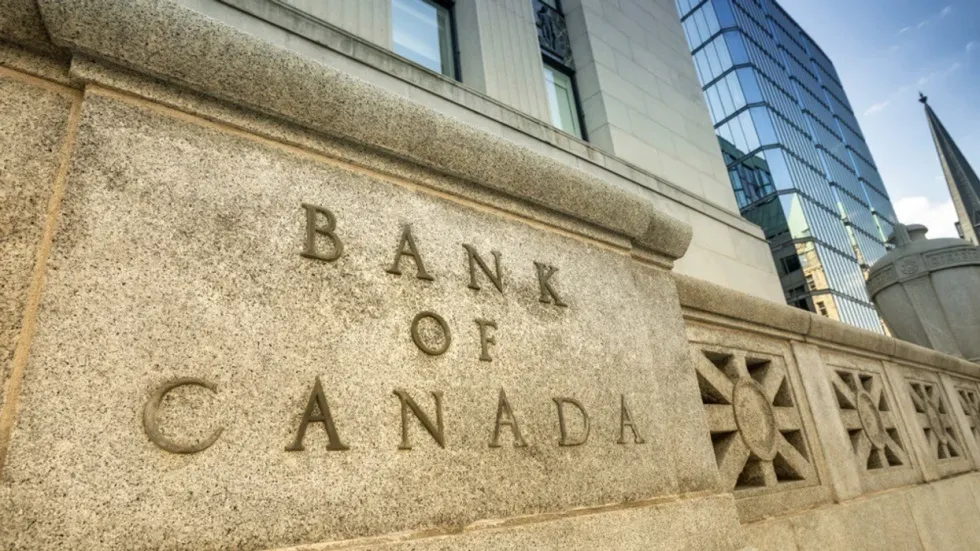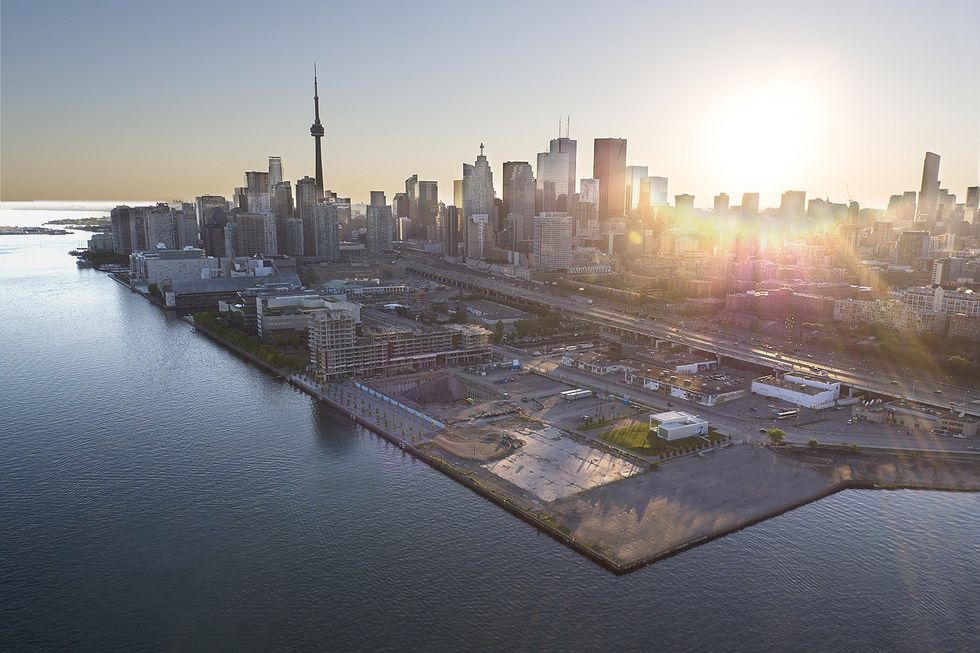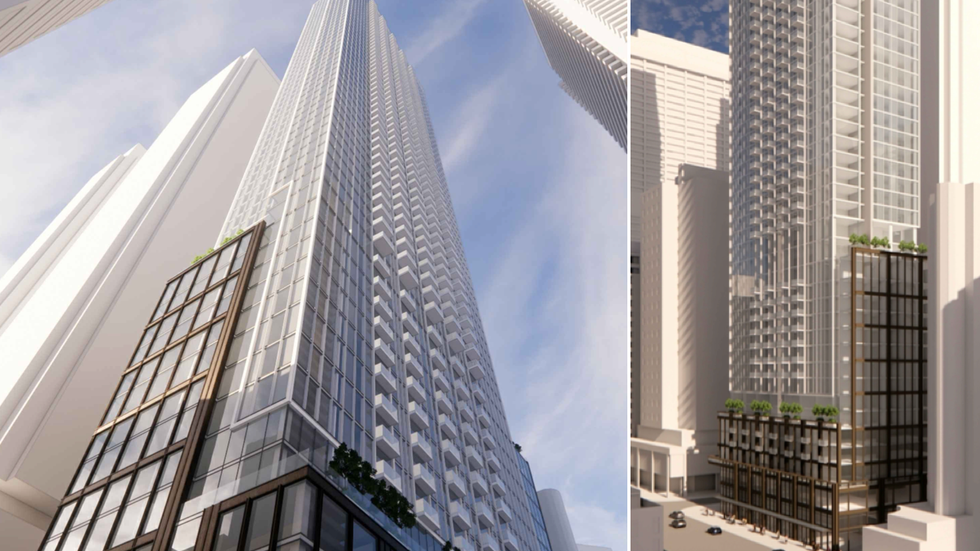Immigration is vital to Canada’s vibrant fabric and its social and economic health. That, most people can agree on. But, in the storm of a relentless housing crisis that has left no corner of the country untouched, the big (controversial) question remains: How much is too much? Canada’s record-breaking immigration targets of recent years come at the same time a supply-strapped market has resulted in sky-high housing costs for both the country’s renters and homeowners (and would-be homeowners).
In case you missed it, in March, Statistics Canada (StatCan) reported that Canada’s population had reached a record high of 40.77 million in 2023 – something largely driven by temporary immigration. In fact, the country’s population increased by 1.27 million people in 2023, up 3.2% from 2022. This marks Canada’s highest population growth since 1957(!).
According to StatCan, 97.6% of the country’s population growth in 2023 came from international migration, both permanent and temporary immigration. A sign of the times, just 2.4% came from natural increase. This marked the second year in a row that population growth was driven by temporary immigration and the third consecutive year that Canada saw a net increase in non-permanent residents. Figures released by StatCan in May reveal that Canada's working-age population grew by 411,400 in the first four months of 2024, numbers that mark a 47% increase from the same time period in 2023.
This data, say many, is cause for serious concern. This is especially true in the embattled housing markets of the country's urban centres. In Toronto, for example, the population increase in the first four months of the year was a whopping 67% higher than in the same period in 2023.
In short, this influx of immigration has only exasperated an already fragile situation on the housing front, according to both critics and the country's top economists.
"A Worsened Affordability Problem"
BMO Chief Economist Douglas Porter highlights that Canada’s high 2023 population growth comes at a time when domestic demand for housing is peaking across the country. “The crest of the Millennial cohort is around 33 years old, or right in their household formation and family-building years,” Porter tells STOREYS. “So, with the construction industry already building at full speed to satisfy domestic demand, we clearly don’t have the infrastructure or ability to meet the additional demand created by historic immigration levels. That is reflected in a worsened affordability problem.”
Porter says it’s notable that the population surge of the past year was driven largely by non-permanent residents – more than half of all international migration – for example, students and temporary foreign workers. “The result is not only still-high resale prices, but surging rents across many markets, including smaller cities with universities,” says Porter. “The catch is that driving down prices will incent less supply; and at the same time, heightened immigration flows designed to ease labour supply pressure immediately add to the housing demand they are trying to meet. The infrastructure in place and the industry’s ability to build clearly can’t support unchecked levels of demand, so the affordability conundrum continues.”
Canada’s strong population growth is no doubt a steady source of support for home price appreciation, says Porter. “Over the short term, the housing market can be swayed by cyclical factors such as interest rates, unemployment, and income growth,” says Porter. “But over the longer term, demographic trends have the biggest weight on home prices. Evidence from 18 large advanced economies since the start of the century shows that real home prices are closely correlated with population growth over time. For example, New Zealand, Australia, and Canada have seen both the fastest growing populations (aside from Ireland) over that period, and the fastest rise in real home prices, while Japan and Italy have been at the other end of the spectrum on both counts.”
A Construction Industry At Capacity
Recent reports have revealed a dismal reality when it comes Canada’s homebuilding progress (or lack thereof). Despite a perpetual narrative from all levels of government that we “need to get shovels in the ground” – coupled by much-touted government initiatives to “reduce the red tape” in Canada’s construction industry – rampant housing development isn’t exactly happening.
With each new report on everything from drops in building permits and housing starts to layers of red tape getting in the way, the prospects of meeting housing targets seem more and more unlikely (perhaps even just a pipe dream at this point, frankly). Let’s not forget that Toronto’s development charges shot up 20.7% from their previous rate on May 1 of this year.
The industry is under immense pressure and can’t keep up with the pressing demand. “Canada’s affordability crisis may be an unintended consequence of record international inflows layering on top of peak domestic demographic demand, both of which are combining to pressure a construction industry already near full capacity,” says Porter.
In a recent report, RBC Chief Economist Richard Hogue said that housing construction must double in Canada to meet the demand. The bottom line is that the country needs to produce about 320,000 housing units annually from now until 2030 just to meet the new demand over that timeframe, says Hogue. This means that the pace of housing construction would need to jump by nearly half in Canada just to meet future demographic growth, according to the report. “Higher deliveries would need to happen in the near term given our expectation for peak population growth in 2023-2024,” writes Hogue.
The double-edge sword is that widespread immigration can actually help on the supply front by bringing more homebuilders and tradespeople into the country. The Canadian construction industry is full of aging workers and is clearly far from keeping up with demand. In an effort to address this, last May, the federal government introduced measures to prioritize carpenters, plumbers, and contractors.
Not only does the construction industry face a labour force shortage, perpetually high interest rates have resulted in the delay of Canadian condo launches and new home sales. So, homes aren’t being built nearly as quickly as needed. “For every crane that comes down, one isn’t going up,” Richard Lyall, president of the Residential Construction Council of Ontario (RESCON) told STOREYS last month. Lyall says the launch and construction of new condos has virtually stalled.

The Path Forward
Due to recent measures, there is some relief on the immigration front moving forward. In response to increased pressures on affordable housing, the federal government introduced measures in January designed to limit the number of international students and non-permanent residents to Canada in the form of a two-year cap.
“We’re not expecting total immigration (permanent and temporary) to go higher over the coming year,” Hogue told STOREYS. “In and of itself, lower immigration should ultimately help improve affordability but there are many other factors at play that will have a bigger impact.” He cites those pesky interest rates, as an example.
“Looking ahead, the planned cool down in non-permanent residents will take some pressure off,” agrees Porter. “However, the government will need to stick to these plans to narrow the gap between demand and supply, which has driven rents up at their fastest pace since the early 1980s, and kept a firm floor under home prices.”
Porter says as much attention needs to be paid to demand as supply. “We have long argued that the rapid deterioration in affordability in recent years is as much as demand story as a supply story --- if not more so,” says Porter. “Policy needs to work on both sides of the ledger to improve the historically poor affordability we are now confronting. On the supply side, we do believe that some of the steps taken by all levels of government will be helpful. But our core view is that the industry will be very heavily challenged to ramp up supply gains much above 250,000 new units or so a year, which has typically been the upper limit on starts in Canada.”
So, focus must therefore also be on cooling the demand side. “That does include managing the population inflow to match what can be reasonably supplied,” says Porter. “On that front, Ottawa’s recent steps to bring net new immigration back in line with historical norms (i.e., closer to 1% of the population) is at least a step in the right direction --- assuming they are able to stick to the new plan.”
Like Hogue, Porter points to the potential impact of further interest rate cuts: “The start of interest rate cuts may provide some relief for strained affordability --- provided it in turn doesn’t trigger a renewed spark in the housing market, which pushes up prices." As for construction, it can only be hoped that Trudeau's recent measures to speed up development will be fruitful.
“We need to grow our housing stock mainly by building more, especially units that are at the more affordable end of the scale,” says Hogue. “We’re encouraged to see a consensus among policymakers on focusing on supply. Housing plans announced by the federal, some provincial, and many municipal governments should help unlock supply over the medium to longer term. In the near term, however, high interest rates and construction/development costs will hold back building activity, as it’s already the case now.”























